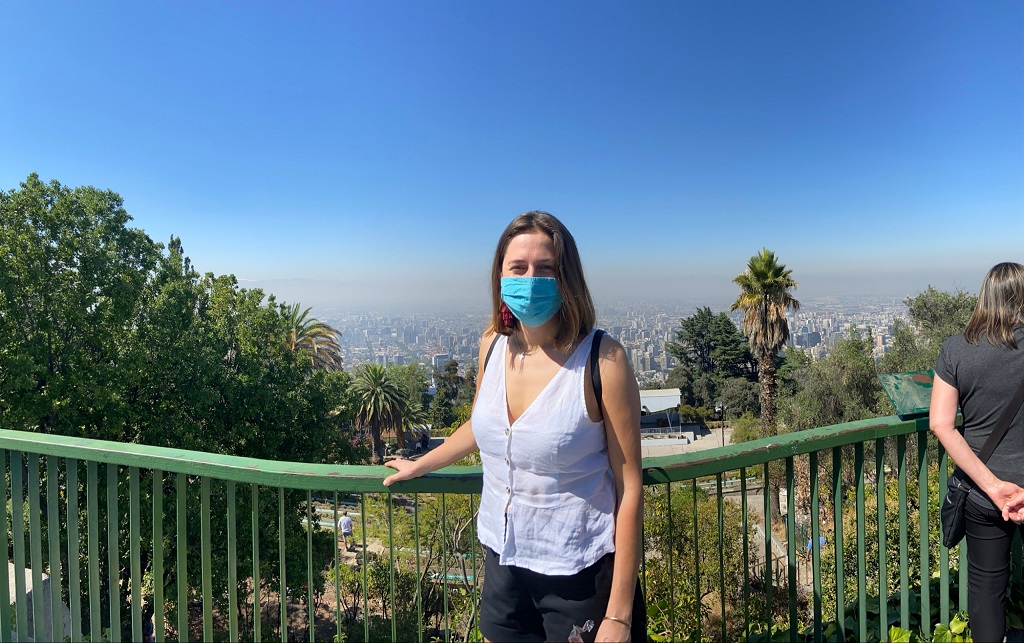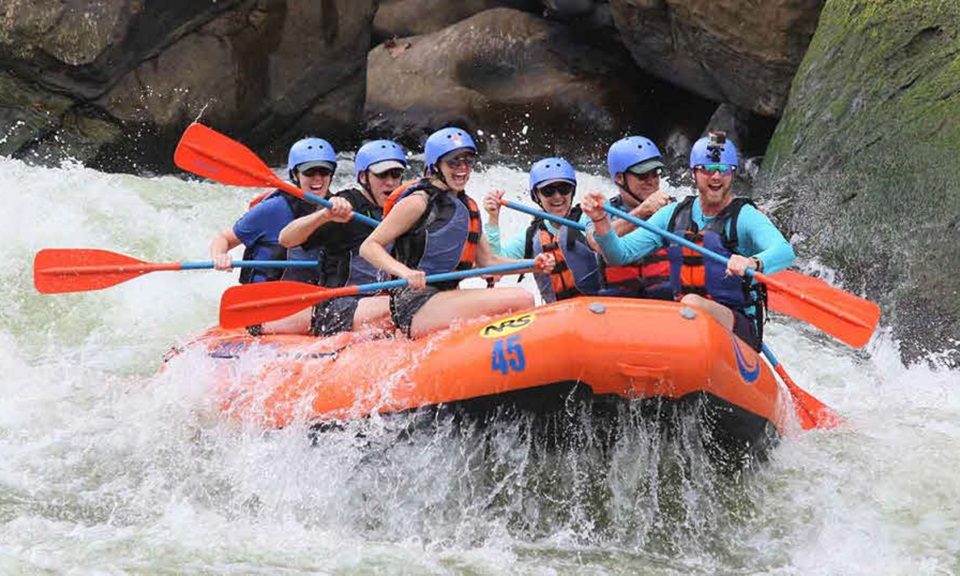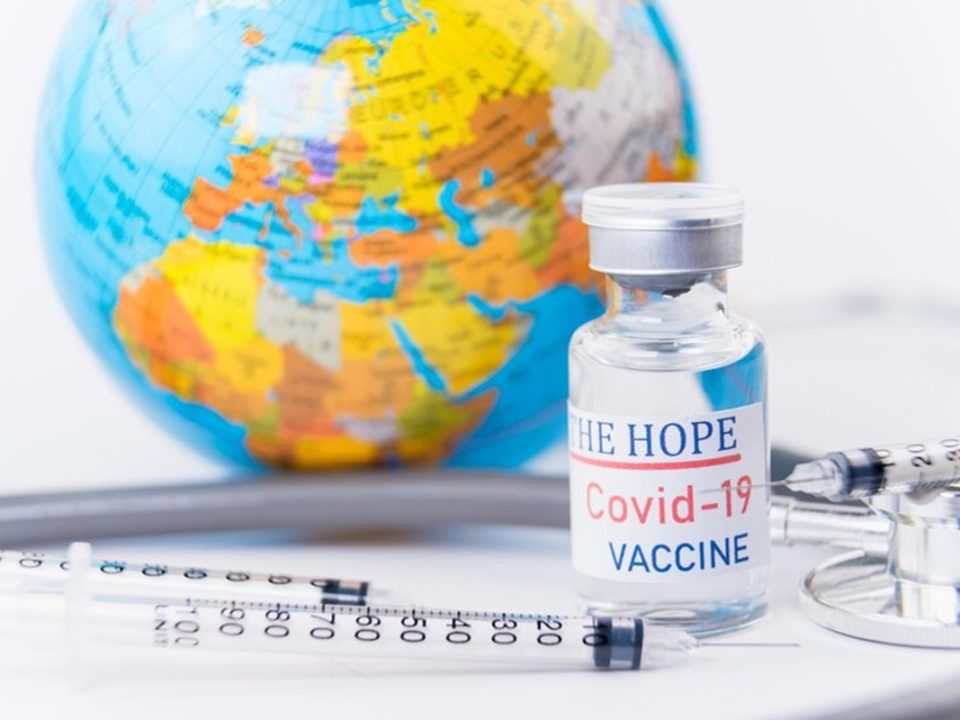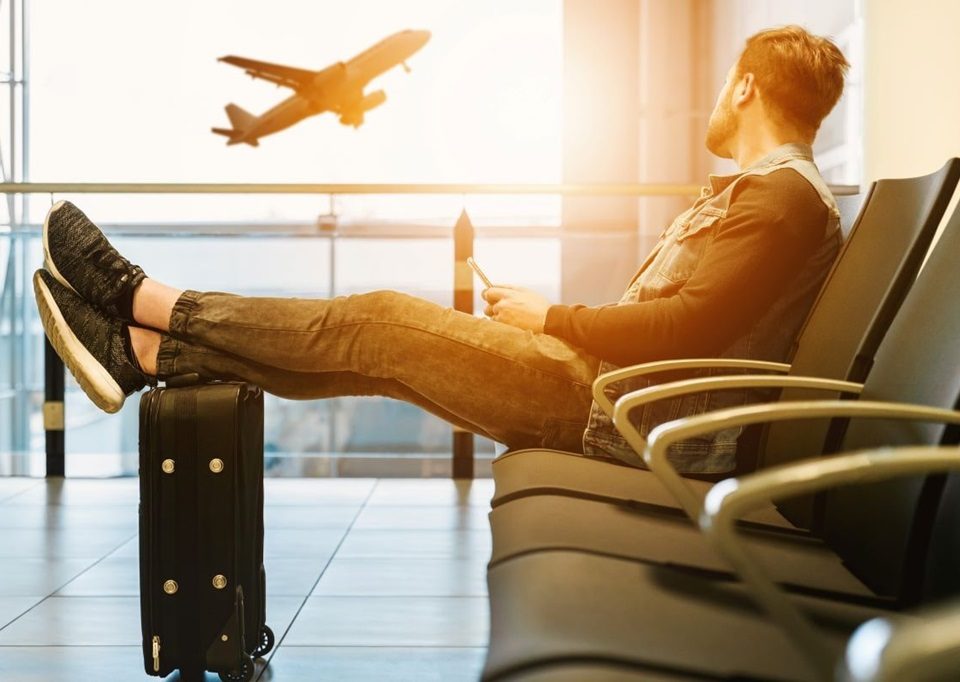How to travel in Chile during the pandemic: everything you need to know

How to Save Money on An Orlando Family Vacation
February 24, 2021
The 5 safest holiday destinations this summer, where Covid is under control
April 13, 2021How to travel in Chile during the pandemic: everything you need to know

As of November 24th, the Interregional Transfer Permit will no longer be needed to travel in Chile. Read this article to find out about all the other requirements, documents, and recommendations for traveling in Chile during the pandemic. We will be updating the information as new official communications are published. LAST UPDATE: November 24th.
Table of Contents
ToggleHow to travel in Chile during the pandemic
From Monday, September 28th, traffic is released for interregional travelers in Chile, who reside in a commune in Step 3, 4, or 5, and go to a town in one of these three categories.
Step 1: Quarantine
Step 2: Transition
Step 3: Preparation
Step 4: Initial Opening
Step 5: Advanced Opening
Recommendations for traveling by plane within Chile during the pandemic
Reserve and buy your tickets online. Make sure you have your Interregional Transfer Permit and your Valid Health Passport. Always wear your mask. Its use is mandatory during the trip. At the airport, the health authority can request additional documents to corroborate the reasons for your trip, such as medical appointments, service accounts, or bank correspondence to validate residence address, employment contract, etc.
If you board in Santiago (SCL), we recommend that you arrive 4 hours in advance due to the time it takes to go through health controls. Remember that the first step is health checks.
As a preventive measure, to reduce interactions and points of contact, the delivery of rest items will only be reactive only when the passenger requests it. Items in the pockets of each seat will also be removed.
Can I stay in a hotel, hostel, or cabin?
Yes, the Interregional Transfer Permit allows you to spend the night at the destination, including hotels, hostels and cabins. Remember that if your trip lasts more than 24 hours, you must obtain an additional permit for the return.
Can you do tours and navigations?
Tourist car traveling through ChileIf the commune is in phases 3, 4, or 5, the tours and navigations are authorized. Check out our offer of activities, tours, and excursions in the following cities:
Arica (Step 3)
Iquique (Step 2)
San Pedro de Atacama (Step 3)
Antofagasta (Step 3)
Copiapó (Step 3)
La Serena (Step 4)
Santiago (Step 4)
Conception (Step 2)
Pucón (Step 3)
Puerto Varas (Step 2)
Castro (Step 2)
Coyhaique (Step 1)
Puerto Natales (Step 1)
Punta Arenas (Step 1)
Puerto Williams (Step 3)
We also recommend you visit the page published by Sernatur about the state of the tourism sector in Chile. Here is the updated information on the state of operation referred to the tourism sector in each region.
Are the National Parks open?
Guanacos in front of mountainous landscape in Chile Some National Parks are already open to the public. However, the information is always subject to change, so we recommend you review the Situation of protected wild areas of the state on the CONAF website.
Can I enter Chile if I am a foreigner?
The person at the international airport of Santiago de Chile. Yes, from November 23rd non-resident foreigners, may enter Chile as long as they meet the following requirements. Note that you can only enter via the international airport of Santiago.
Negative PCR was taken 72 hours before shipping. On flights with a stopover, it is considered from the last boarding.
Complete the “Affidavit of Travelers” form electronically and up to 48 hours before boarding
Health Insurance that covers benefits associated with COVID-19 during your stay, with a minimum coverage of USD $ 30,000
Self-reported follow-up form for 14 days from entering the country via email.
People who come from countries with community transmission must quarantine for 14 days. Check if the country you come from is in this situation on WHO’s website.



